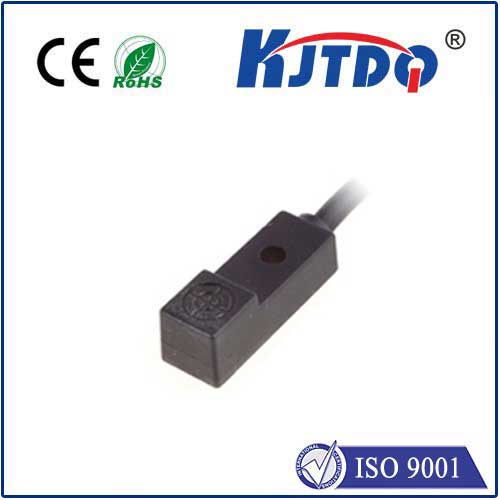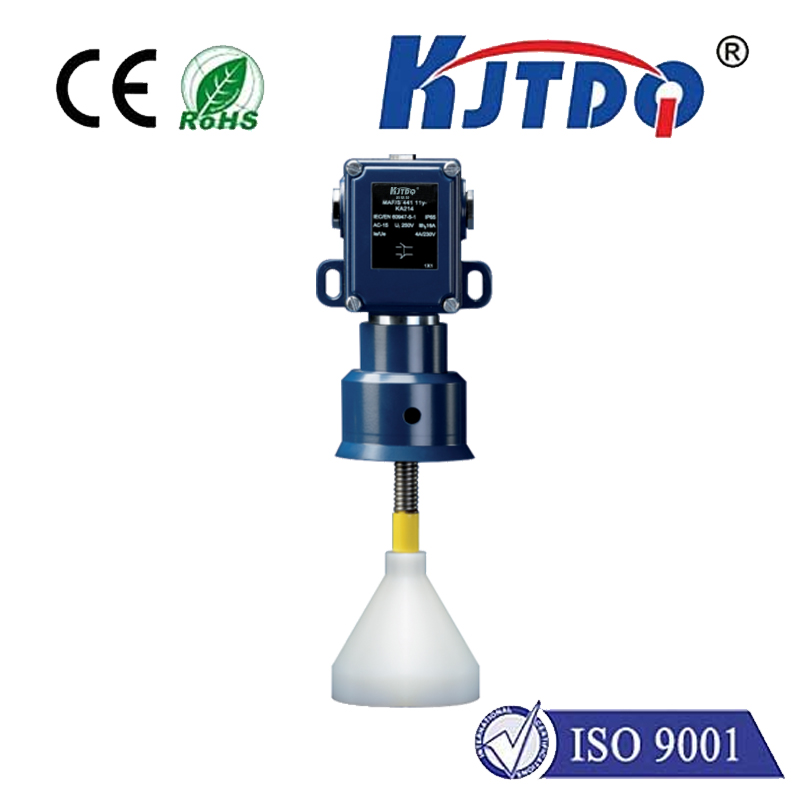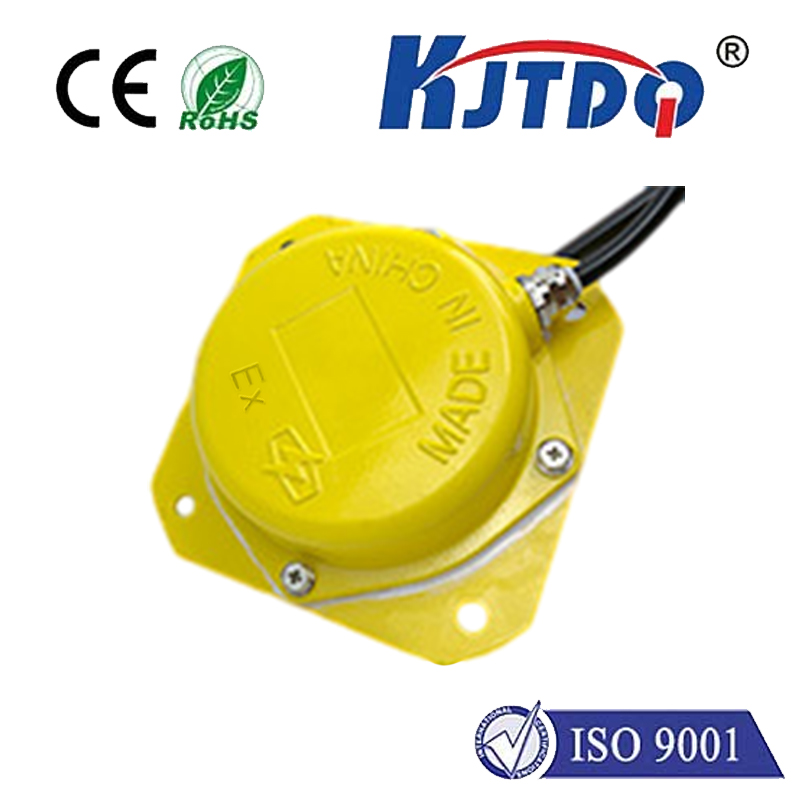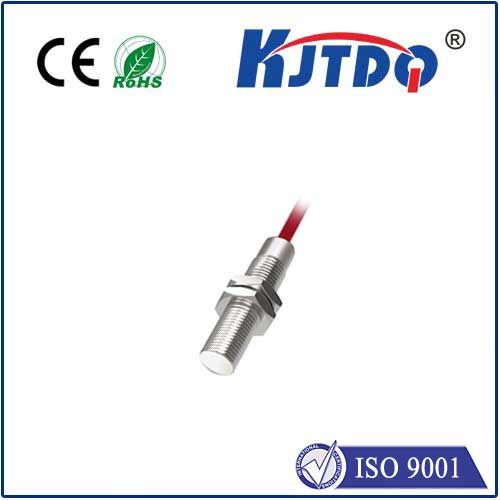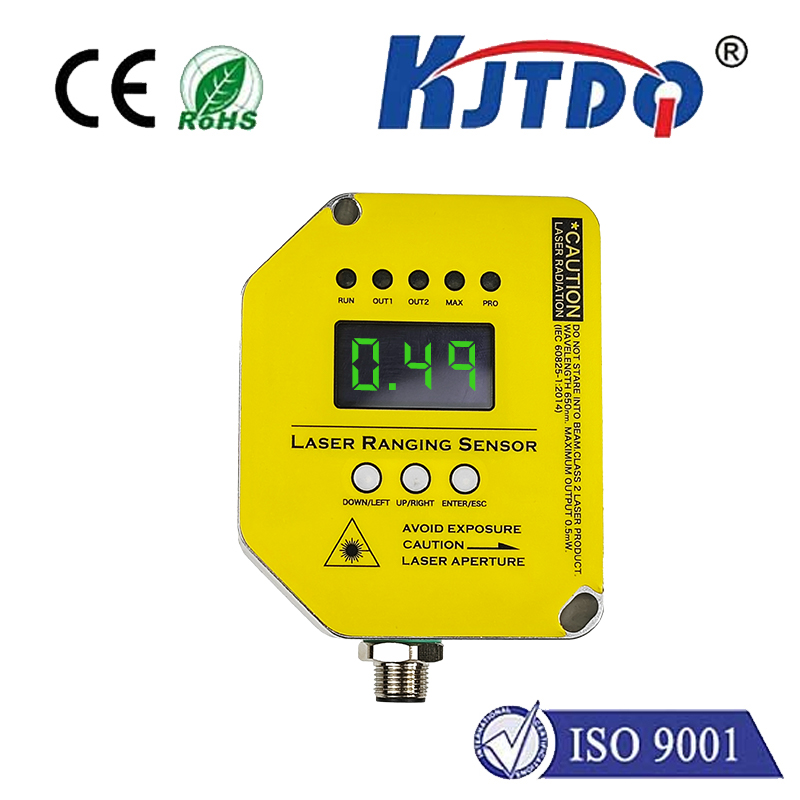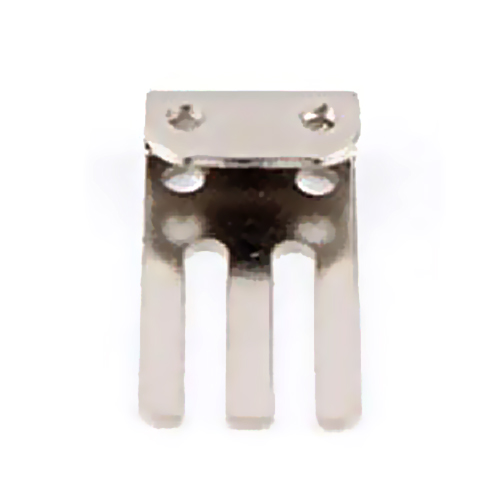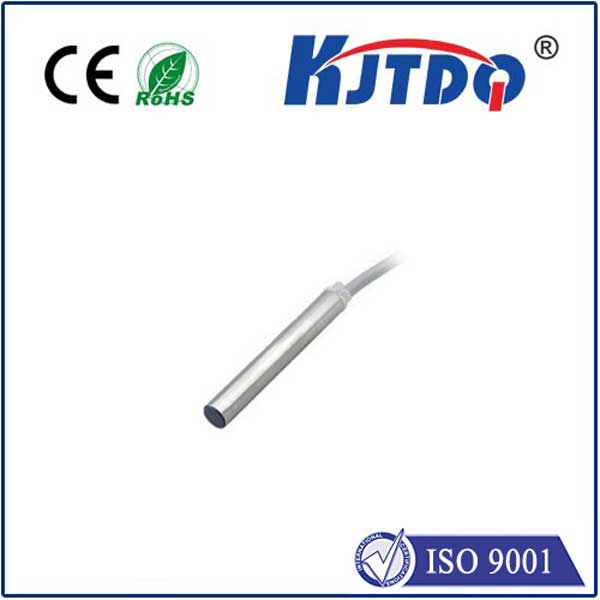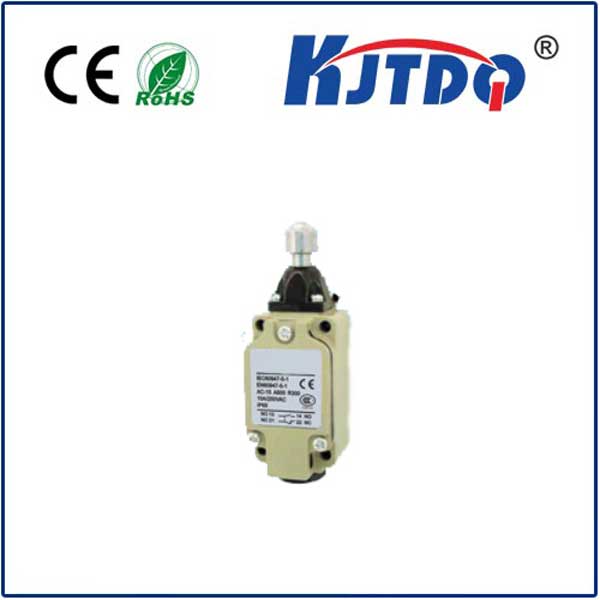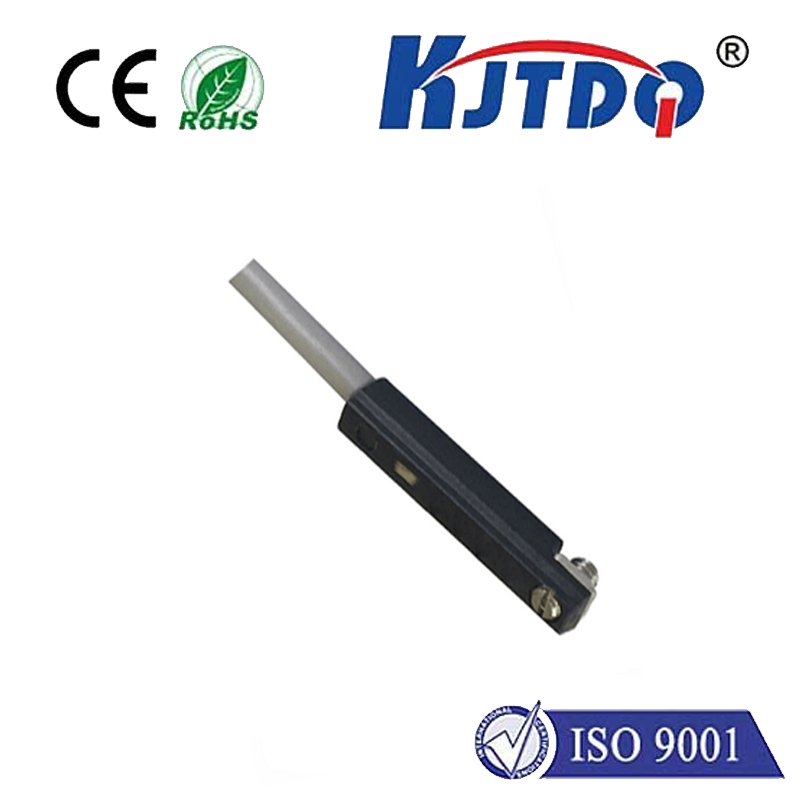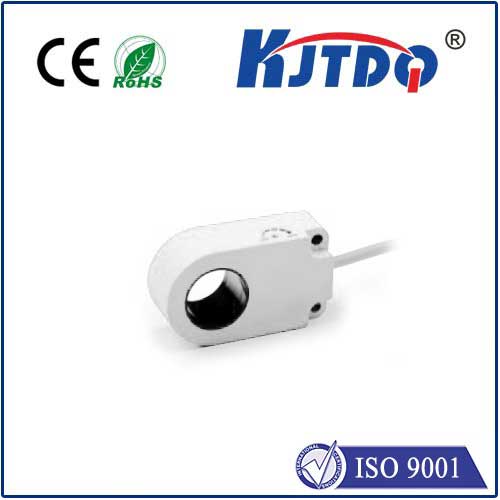

check

check

check

check

check

check

check

check

check

check

Title: Unveiling the Mysteries of Sensor Inductive Proximity Technology In an era dominated by technological advancements, sensor inductive proximity stands as a testament to human innovation’s relentless march. This technology has become integral to various industries, enhancing efficiency and functionality in ways previously unimaginable. But what exactly is sensor inductive proximity, and why is it so significant? Let us delve into the details. What is Sensor Inductive Proximity? At its core, sensor inductive proximity refers to a type of proximity sensor that utilizes electromagnetic fields to detect the presence of metallic objects without making physical contact. Unlike other sensing technologies, inductive proximity sensors operate through the principle of electromagnetic induction, where a changing magnetic field generates a voltage in a conductor. When a metal object comes close to the sensor, it alters the magnetic field, triggering a response from the sensor. How Does it Work? The working mechanism of sensor inductive proximity involves a process called self-oscillation. The sensor consists of a coil that is energized with an alternating current (AC). This energization creates a time-varying magnetic field around the coil. When a conductive material approaches this field, the oscillation changes, causing a change in the impedance of the coil. This variation is then converted into a switching signal, indicating the presence of the object. Applications Across Industries The applications of sensor inductive proximity are vast and varied. They can be found in industrial automation, manufacturing processes, automotive systems, security systems, and even household appliances. For instance, in manufacturing lines, these sensors ensure precise control of materials handling, packaging, and quality checks. In automotive systems, they play a crucial role in anti-lock braking systems (ABS) and engine management by monitoring wheel speed and other parameters. Advantages of Using Sensor Inductive Proximity One of the primary advantages of sensor inductive proximity is its non-contact nature, which reduces wear and tear on both the sensor and the target object. Additionally, they offer high reliability and accuracy, functioning effectively even in harsh environmental conditions such as dusty or oily surroundings. Moreover, these sensors are unaffected by color or transparency of the target object, as they rely solely on the electrical properties of the metal surface. Challenges and Considerations Despite its many benefits, there are challenges associated with using sensor inductive proximity technology. One significant challenge is ensuring accurate detection amidst interference from other nearby metallic objects or electromagnetic noise. Furthermore, the range and sensitivity of these sensors can be affected by factors such as temperature fluctuations and material variations. It is also important to consider the size and shape of the sensor for each specific application to ensure optimal performance. Conclusion In conclusion, sensor inductive proximity technology represents a remarkable achievement in the realm of sensing technologies. Its ability to provide reliable, contactless detection makes it an invaluable tool across multiple industries. As technology continues to evolve, so too will the capabilities and applications of sensor inductive proximity, further cementing its status as a cornerstone of modern innovation.
